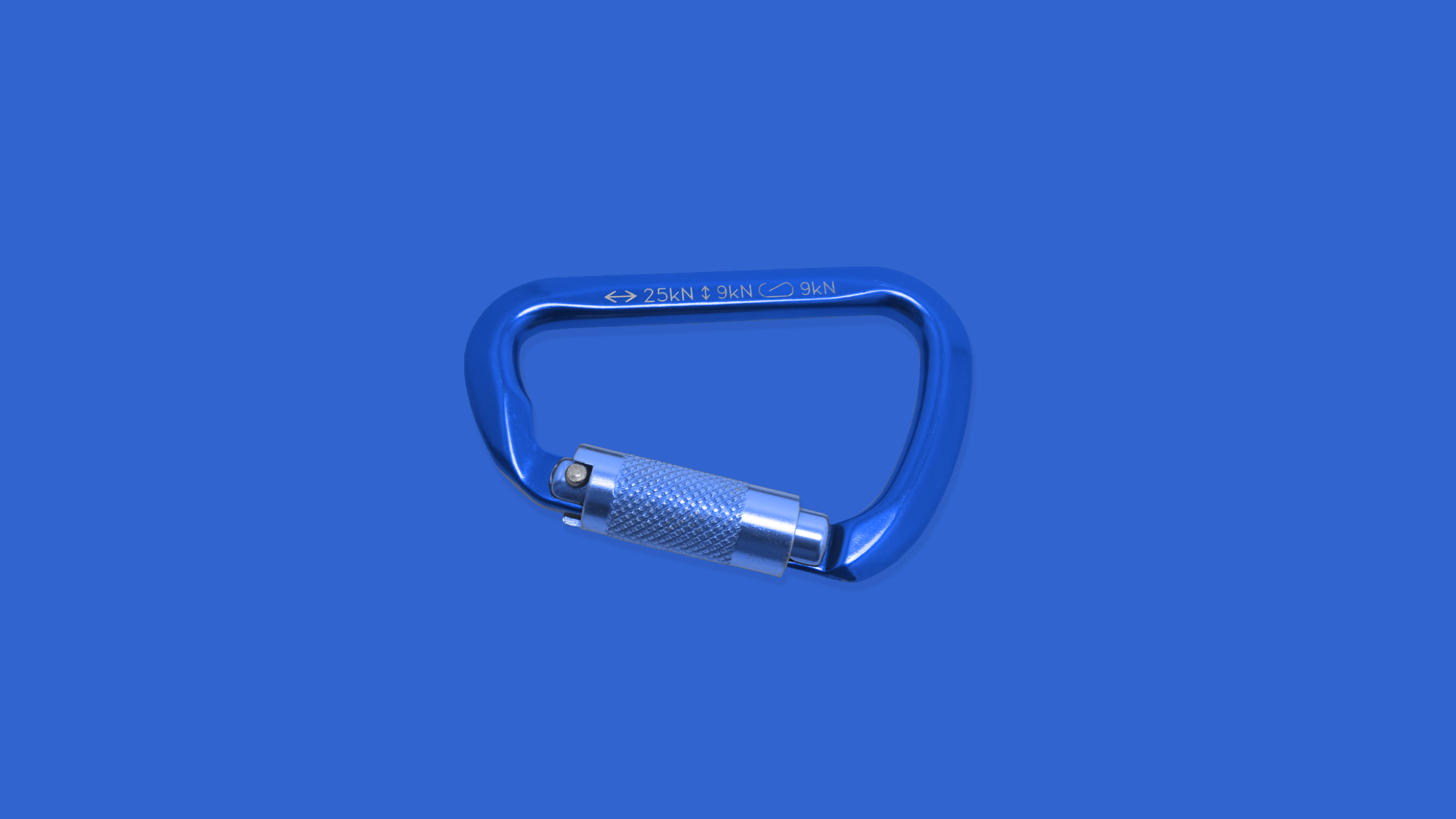Scaling New Heights with Trust
As the African proverb tells us, “If you want to go fast, go alone. If you want to go far, go together.” This indeed looks inspiring on a motivational poster. But, in reality, working with others is challenging or sometimes even near impossible. While we know effective collaboration is the key to transformative success, people are, well…people. Often, our effort is spent navigating the “together” part and preventing us from attaining the “go far” part.
Having recently spent time in the Southwest, there is no more relevant metaphor in my mind than that of a belayer. In climbing, belayers are the vigilant partners on the ground who control the rope, offering support and a crucial lifeline in case of a slip or fall. Climbers must trust their belayers to pay close attention, to call out a better line, and to support their weight as they ascend a challenging face.
Ultimately, just as climbers trust belayers for a successful ascent, trusting our team is fundamental. When team members trust each other, they are more willing to communicate openly, listen actively, and respect diverse perspectives. And in return, they perform optimally, foster psychological safety, and encourage bolder creativity, risk-taking, and innovation.
So, how do you build trust? There are numerous ways, but the team contract is one of the most successful tools I've used, helping establish a foundation of trust.
The Team Contract
The team contract is a document and process that helps align individual team members (or multiple teams) before they begin the messy process of working together. It establishes a shared understanding of the project's goals, objectives, constraints, expectations, and methods of working together. And, by involving team members in creating the contract, individuals gain a sense of ownership and commitment to the project—and to each other.
Its usefulness, in part, lies in its simplicity and approachability. It relies on participants defining what’s “in” or accepted behavior and what’s “out” or unacceptable behavior. Tactically, team members capture behaviors and expectations on digital or physical sticky notes and place them on the canvas. Then, the team reviews the sticky notes and discusses the behaviors, expectations, and responsibilities. Once a consensus is reached, they commit to upholding the behaviors of the contract within the confines of the team and project. You may even consider printing the canvas as a poster and hanging it up in a shared workspace as a reminder of what was agreed to.
For example, an acceptable behavior would be agreeing that everyone will come to each meeting prepared and make the most of the team’s time together. You would place this card in “in.” On the other hand, you may agree that making last-minute changes is unacceptable as it may compromise the project's integrity. You would place this in “out.”
You can download a blank PDF version of the team contract template here, courtesy of Strategyzer. →
Advantages of a Team Contract
Now that we’ve covered its basic structure, let’s explore the benefits it can bring to team alignment and efficiency. When used correctly, it allows teams to navigate challenges more effectively and provides a common ground for decision-making.
Build trust and psychological safety: The primary reason to use a tool like a team contract is to build the team on a foundation of trust. People operating on a foundation of trust can navigate challenges with openness and understanding, fostering stronger relationships and collaborations, and in turn, more substantial innovation.
Define roles and responsibilities: Role ambiguity can lead to confusion and inefficiencies. Clearly outlining the roles and responsibilities of each team member ensures that everyone understands their contribution to the project and how their individual efforts fit into the broader picture.
Set expectations: Simple misunderstandings regarding communication, work hours, or collaboration norms can quickly become more prominent, damaging issues that divide people and stunt progress. By naming and addressing potential challenges upfront, you can create a transparent and supportive environment, allowing team members to focus on their tasks without distraction.
Address conflict: When conflict arises from differences in opinions, misunderstandings, or external pressures, lean on the team contract for conflict resolution, enabling design leaders to address issues promptly and maintain a positive team dynamic. Open communication and a shared commitment to the contract help constructively resolve conflicts.
For more information on the Team Contract and other methods for building successful teams, check out the book High Impact Tools for Teams. →
To really “go far,” effective collaboration is non-negotiable. The Team Contract serves as a guiding document, fostering a collaborative and supportive environment where collaboration can thrive, ultimately leading to more successful outcomes. As leaders, embracing this approach can transform team dynamics and elevate the overall quality of work.


